Triple-Quad-Lc
The Agilent 6460 Triple Quadrupole LC/MS delivers superior sensitivity for trace level analysis with performance specifications in
Signal-to-Noise ratio (S/N) and Instrument Detection Limit (IDL). IDL is a rigorous, statistically based metric that indicates practical
sensitivity performance of your quantitative assays. The Agilent 6460 Triple Quadrupole LC/MS achieves sensitivity and resolution
specifications with autotune.
Report Abuse
Shipping Details
Based on 0 reviews
Be the first to review “Triple-Quad-Lc”
You must be logged in to post a review.
Vendor Information
- Store Name: ATLANTIC Scientific and Research Supply
- Vendor: ATLANTIC Scientific and Research Suply
- No ratings found yet!
-
Health & Medical
Deep Freezer
- Type: Chest Freezer
- Total Gross capacity Liter: 545
- Freezer Gross Capacity Liter.: 545
- Dimension(W*D*H): 1654*745*905
- Gross Capacity (Cubic Ft.): 19.26
- Temp Freezer: Min -28
- Net Weight (Kg): 76 kg
- Gross Weight (Kg): 86 kg
- Voltage Range: 105V – 260V
- Refrigerant: R600a
- Food Basket: 2
- Super Freeze Function: Yes
- LED Lights: 2
- Power On Indicator: Yes
- Climate Class: T
- Copper Evaporator: 5 sides
SKU: n/a -
Health & Medical
Vernier caliper
Manufactured from hardened stainless steel with dual reading in Imperial to 0.001in and in Metric to 0.02mm. The universal four-way measurement facility enables reading in External, Internal, Depth and Step modes.
The sliding thumb lock feature easily allows quick and precise measurements to be taken.
The satin finished scales and beam ensure fast, easy and accurate readings.
A strong plastic storage case provides a secure home for this precision instrumentSize 150mm / 6in
SKU: n/a -
Health & Medical
Transfection system
The Neon® Transfection System enables fast and efficient delivery of nucleic acids into all mammalian cell types, including primary, stem, and difficult-to-transfect cells. The flexible and open system allows the user to perform high-quality transfections using optimized or user-defined protocols in three simple steps with as few as 2 × 104 cells per reaction. A novel reaction chamber provides a dramatic increase in transfection efficiency and cell viability. The Neon® Transfection System is:
• Efficient—up to 90% in many cell types, including difficult-to-transfect cells, primary, and stem cells
• Flexible—easily transfect from 2 × 104 cells to 6 × 106 cells per reaction
• Simple—easy to use, with a single reagent kit for all cell types
• Versatile—open system allows electroporation parameters to be optimized freelySKU: n/a -
Health & Medical
ECG Machine
Model number: ECG-903 (Three channel)
Three channel ECG with interpretive
Build in rechargeable Li battery
Chinese/English language
Simultaneous 12 leads
320X240 graphic LCD, 3.8 inch screen
Paper size: 63mmX20/30m
Built in RS232 interface (USB is optional)
128 patients save/copy/communicationSKU: n/a -
Health & Medical
IR spectrophotometer
A Spectrophotometer is an analytical instrument used to identify materials including organic polymers. Infrared spectrophotometers record the relative amount of energy as a function of the wavelength/frequency of the infrared radiation when it passes through a sample. Therefore, chemical structures of different samples will reflect differences in the IR absorption spectrum allowing for identification of a sample. Unlike a dispersive spectrometer, an FTIR spectrometer or FTIR spectrophotometer is used to simultaneously obtain spectral data of a sample. It does this by using an interferometer to collect the interferogram, also known as the raw data/signal format, which can then be translated into the infrared spectrum of the sample by means of a fourier transform algorithm. As a result there are many advantages including greater signal-to-noise ratio, high resolution, higher throughput, and a short wavelength limit. FTIR spectrometers can be used in a variety of industries including environmental, pharmaceutical, and petrochemical.
SKU: n/a -
Health & Medical
Incubator
Laboratory incubator provides a temperature-controlled environment to support growth of microbiological cultures. Typical incubators are insulated boxes with an adjustable heater, going up to 60°C to 65°C (140°F to 149°F), though some can go slightly higher (generally to no more than 100°C).
Esco Isotherm® laboratory incubator is built with reliable performance and standards. Ergonomic, intuitive interfaces, microprocessor PID controls with programming options, 4-zone heated air jacket, precisely tuned and tested ventilation and insulation package, all supported by Esco’s solutions-based sales and service representatives worldwide.
SKU: n/a


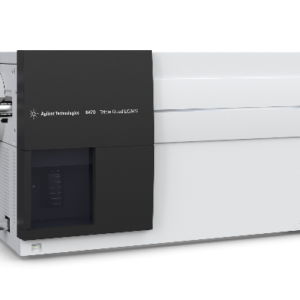
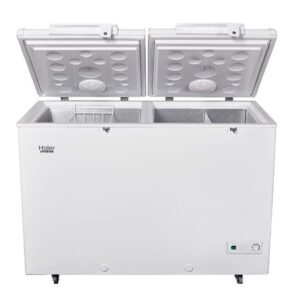
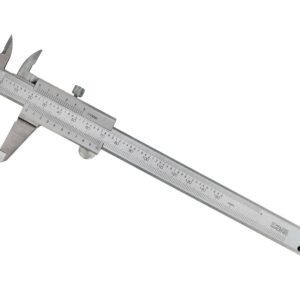



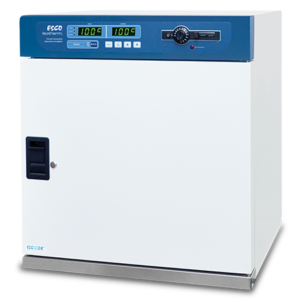

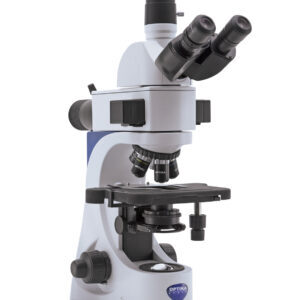
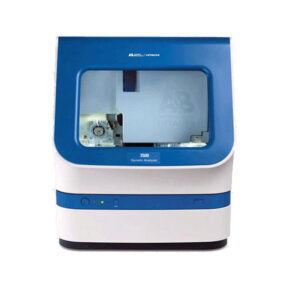
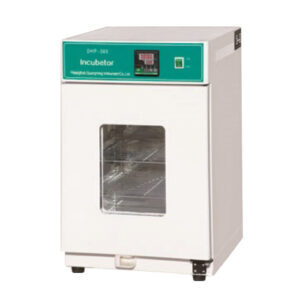
There are no reviews yet.